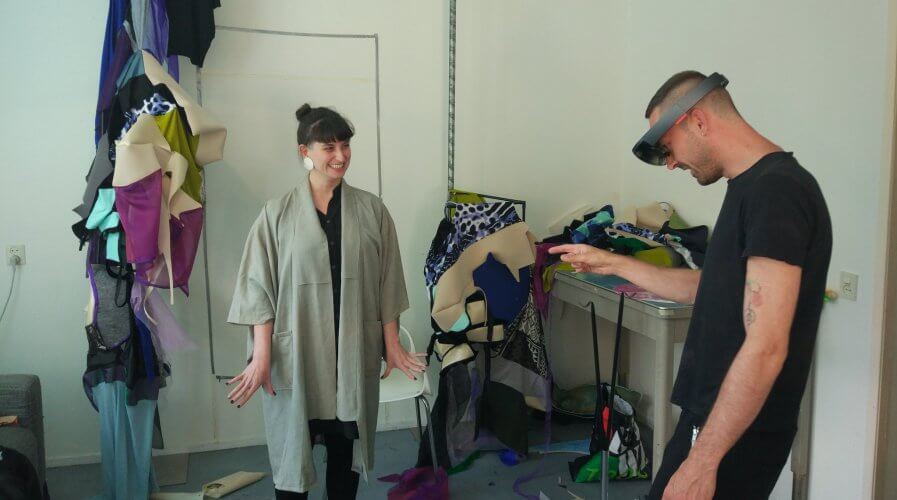
Augmented reality can help fashion e-commerce provide better shopping experiences and also reduce returns. Source: Flickr/sndrv
ASOS: Augmented reality to help shoppers make more informed decisions
BUSINESSES understand that augmented reality (AR) will help create interesting solutions to augment customer experiences as well as optimize operations in one way or another.
Founded almost two decades ago, popular online e-commerce giant ASOS has been experimenting with the technology too.
The company is set to trial a new feature it calls See My Fit which aims to help customers make more informed purchasing choices, by using AR, to better show how products look on models that more closely reflect individual customers.
When a customer selects a model, See My Fit digitally maps the product onto that model in a realistic way, taking account of the size, cut and fit of each individual garment. The resulting images appear similar to real photographs.
At present, the trial covers about 800 dresses on ASOS’s inventory and allows for them to be viewed on a range of 16 models in sizes four to 18.
According to the company, it is the first in Europe to trial the technology.
“With this trial of See My Fit, we’re using the latest in AR technology to put the power in our customers’ hands, so they can choose to view a dress on the model that they most identify with, in a way that wouldn’t be possible using traditional model-shooting techniques,” said ASOS Studios Senior Content Manager Tim Carey.
Today, my team and I have launched at @ASOS ‘See My Fit’, an innovative experience aiming to help customers understand if a product will suit them through AI. This feature is a stepping stone allowing customers to see an item of clothing on a 'model like them’. ? pic.twitter.com/WDuAmCvNeX
— Linda Martins (@Lindas_Martins) January 13, 2020
According to experts, augmented reality implementations on e-commerce sites will not only help those who love to shop online, but also reduce the load on logistics operations because it’ll result in fewer returns overall.
Data from industry participants suggest that the average return rate in e-commerce is about 20 percent, and during the holiday season that figure goes up to 30 percent.
Since most returns are free, no matter how efficient an e-commerce platform operator’s logistics operations are, the financial impact is generally significant. Reducing that, therefore, can create some significant cost advantages.
If ASOS’s new AR solution is able to help customers pick the right size when shopping online and reduces returns overall, other players in the market are expected to follow suit.
In the coming months, organizations creating AR solutions for e-commerce are also expected to leverage more intelligent solutions such as artificial intelligence (AI) and machine learning (ML) to improve the visualizations and perfect the images rendered to customers.
Ultimately, e-commerce platforms need to upgrade their offering and capabilities. AR and other cutting-edge solutions provide interesting options, and hence, more of these technologies are expected to make a debut in the digital-first, digital-native e-commerce universe.
READ MORE
- Ethical AI: The renewed importance of safeguarding data and customer privacy in Generative AI applications
- How Japan balances AI-driven opportunities with cybersecurity needs
- Deploying SASE: Benchmarking your approach
- Insurance everywhere all at once: the digital transformation of the APAC insurance industry
- Google parent Alphabet eyes HubSpot: A potential acquisition shaping the future of CRM


